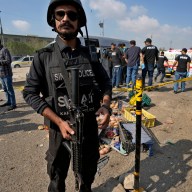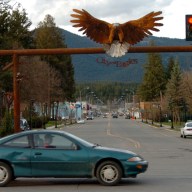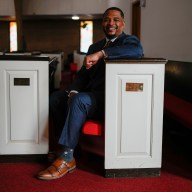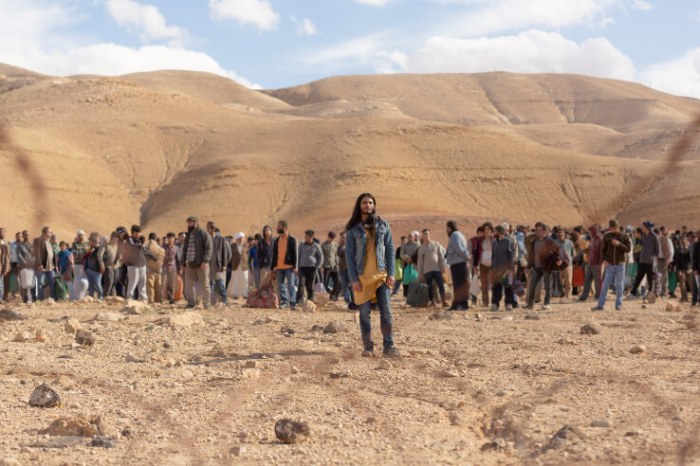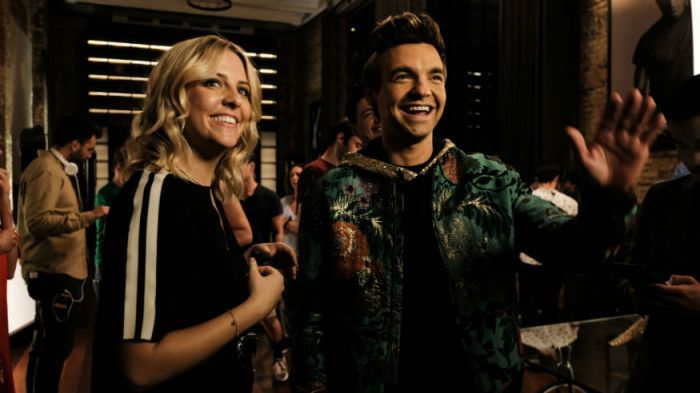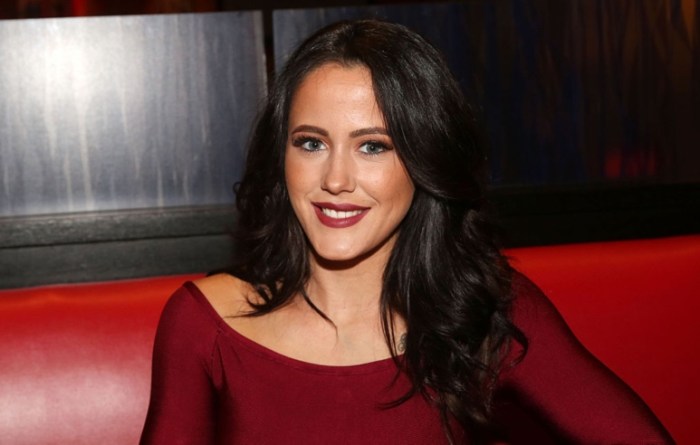The filmmaker Lodge Kerrigan started around the same time as Steven Soderbergh. His first feature, the intense indie “Clean, Shaven,” came out in 1994, only a few years after Soderbergh’s groundbreaking “Sex, Lies, and Videotape.” At this point both have moved into TV, and at a time when film directors are starting to take over a medium that has, until now, been largely been driven by writers. Soderbergh tasked Kerrigan, along with Amy Seimetz, with writing and directing “The Girlfriend Experience,” a loose spin-off (of sorts) of his 2009 film of the same name, concerning a high-end escort (here played by Riley Keough). Kerrigan — whose films include “Claire Dolan” and “Keane” — has done his share of director-for-hire TV, helming episodes of “Homeland,” “The Killing” and “The Americans.” But he believes, for many reasons, the model of having directors handle entire seasons and shows is the ideal way to go. RELATED: Steven Soderbergh talks “The Girlfriend Experience,” VR and being a snob Having directors loom large over TV shows, as Soderbergh did with “The Knick,” is a relatively new idea. And you can work more efficiently. You can direct the actors much better because you understand the whole arc of the characters, because you’ve written it. You can block shoot scenes and shoot out locations; you’re not forced to keep going back to them because you got a new script and they say, “Oh, we’re back in this location.” You’re not forced to over-cover. All the shots that I get make it into the edit. You’re not shooting something because maybe a showrunner in another city may go, “It would have been nice to have a two-shot here.” You may not get re-hired if you don’t have those two-shots. You’re forced to over-cover and then work longer hours. The actors get tired. The director-driven model is much more efficient. RELATED: Interview: Riley Keough on “The Girlfriend Experience” and how we make too much out of sex Reading about how Soderbergh constructed “The Knick,” working on set for months straight and shooting even more quickly than TV directors usually do, sounds like it could be exhausting. How much are you planning out your shots beforehand as opposed to finding shots on the fly? I know Amy is different and Steven is different. For me, when I come on set it’s a period of execution. It’s not a period of discussion. Obviously if the actors have questions we discuss them. But it really is a time to execute. On average we were working nine, ten hour days, as opposed to most shows, which are 12 hours. Those two or three hours make a huge difference, cumulatively, for the crew. If you wrap after 12 hours, some of the crew might extend to 13, 14 hours. And they have to go home. Those days become unsafe, really, to a crew, to consistently work those kinds of hours. I think it’s wrong. RELATED: Interview: Emily Mortimer on “Rio, I Love You,” Wes Craven and Woody Allen Digital cameras now work really well with minimal lighting. That must speed things up and make it easier to be more creative. Do you think this approach could work for shooting on film? RELATED: 12 films to see at the Tribeca Film Festival When you shot “Keane” in 2005, you were shooting quickly and on film. Follow Matt Prigge on Twitter @mattprigge
It’s a really interesting time. What Steven calls “auteur TV” is really fascinating. The idea that it’s director-driven as opposed to writer-driven is a much better model. Directors should be running television, not necessarily writers. If you move away from the standard pilot model, if you can get all the scripts up front and then have one — or in the case of “GFE” two — directors do the whole show, you get this unity of vision you usually don’t get.
I work really fast anyway. If you’re shooting for six months, that’s fantastic. It’s what we do. Why wouldn’t you want to continue doing it? I enjoy directing, I enjoy being on set. If I had to direct 180 days or even 300 days [a year], that would be fine with me. I only need a month off a year, and probably not even that.
It’s all pretty mapped out. We mostly use natural light — not only, but mostly. We built a lot of the lighting into the production design. But what we’re doing is very unorthodox, because we have to follow the sun. The windows are our main source of light. It’s still all backlit. But you have to track where the sun is going to be at what time of day. You have to plan your whole shoot according to that. You have to get at a location at a very specific time and wrap at a certain time. I just prepare heavily before I arrive on set. I have a clear sense of what the blocking’s going to be, where the camera’s going to be, what lenses to use.
The way traditional lighting is, it takes a tremendous amount of time. And it’s unnecessary, because cameras with their new sensors, you don’t need to do that. You can now capture contrast and you can capture detail. I’ve been on some TV shows where you spend 80 percent of your time on set lighting, waiting for lighting. That has to change. There’s not one shadow or one light effect that is cumulatively worth that. I don’t want to spend my life waiting around on a set. I don’t understand the mindset of why people still do it the old way.
You could use this approach for lighting film. If you have a reasonable speed on the film stock — if you get 200 to 400 ASA you could easily use this method. You have to use a tiny bit more fill and a stronger key light here and there. You’d have to augment it somewhat, but not to an extreme degree. It’s more of a mindset: that lighting has to be complicated, it has to take this amount of time. But what are you sacrificing in terms of performance? Every actor I’ve worked with likes to work quickly. I’ve never seen an actor who enjoys doing a scene and then sitting and waiting for the room to be turned around.
It was on film, and it was a lot of live environments. The coverage was one shot per scene. Every scene is one shot, and the only edits are jump cuts. What it afforded us was [actors] Damian [Lewis] and Abigail [Breslin] and Amy Ryan, they could all perform an entire scene. They’re not just performing one line, two lines, cut, then do another setup. Because Damian came from a theater background that really appealed to him. It was a very high-risk way of shooting, because you could be three minutes into a four-minute take. We’d be shooting Port Authority and people would come out of a bus and say, “Hey, guys, are you making a movie?” You could be on take 12 or take seven or take two, and you’ve lost it. You have to start all over again. But it was really energizing. It felt really alive and I felt it gave the right energy to the film.






